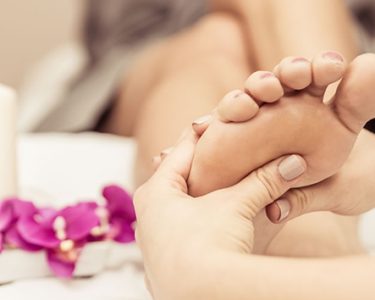Facial redness can be caused by various factors, including rosacea, sensitive skin, inflammation, or even environmental triggers. If you’re looking to reduce facial redness, here are 13 expert-recommended tips to consider:
1. Protect Your Skin from the Sun: Sun exposure can exacerbate facial redness. Apply a broad-spectrum sunscreen with an SPF of 30 or higher daily, even on cloudy days. Wear protective clothing and seek shade when the sun is at its strongest.
2. Use Gentle Cleansers: Choose mild, non-irritating cleansers specifically formulated for sensitive or redness-prone skin. Avoid harsh cleansers, scrubs, or rough washcloths that can aggravate redness.
3. Moisturize Regularly: Keep your skin hydrated with a gentle, fragrance-free moisturizer. Look for products containing ingredients like ceramides, hyaluronic acid, or aloe vera, which can help soothe and calm redness.
4. Avoid Hot Water: Hot water can dilate blood vessels and worsen facial redness. Wash your face with lukewarm water and avoid hot showers or baths.
5. Try Cold Compresses: Applying a cold compress or chilled green tea bags to the affected areas can help reduce redness and soothe irritated skin.
6. Use Products with Anti-Inflammatory Ingredients: Look for skincare products containing anti-inflammatory ingredients like chamomile, licorice extract, green tea, or niacinamide. These ingredients can help calm redness and reduce inflammation.
7. Be Mindful of Your Skincare Routine: Avoid harsh or abrasive ingredients that can trigger redness. Opt for gentle formulations and patch test new products to check for any adverse reactions.
8. Consider Topical Steroids: In some cases, topical corticosteroids may be prescribed by a dermatologist to temporarily reduce redness and inflammation. However, long-term use should be avoided due to potential side effects.
9. Limit Alcohol and Spicy Foods: Alcohol and spicy foods can dilate blood vessels and worsen facial redness in some individuals. Consider reducing or avoiding these triggers if you notice a correlation.
10. Manage Stress: Stress can exacerbate facial redness. Practice stress management techniques like deep breathing exercises, meditation, or engaging in activities you enjoy to help reduce stress levels.
11. Avoid Extreme Temperatures: Exposure to extreme temperatures, both hot and cold, can trigger facial redness. Protect your skin from extreme weather conditions and sudden temperature changes.
12. Be Cautious with Skincare Procedures: Consult with a dermatologist before undergoing any skincare procedures, such as chemical peels, laser treatments, or microdermabrasion. These procedures can potentially worsen facial redness in some cases.
13. Consult with a Dermatologist: If facial redness persists or worsens despite your efforts, it’s best to seek professional advice. A dermatologist can assess your condition, provide an accurate diagnosis, and recommend appropriate treatments or medications tailored to your specific needs.
Remember, everyone’s skin is unique, and what works for one person may not work for another. It may take some time to find the right combination of skincare practices and products that effectively reduce facial redness. Be patient, consistent, and consult with a skincare professional for personalized advice and recommendations.




